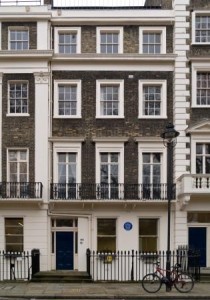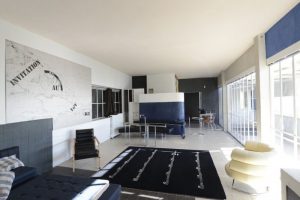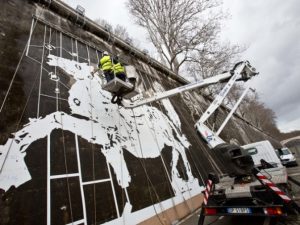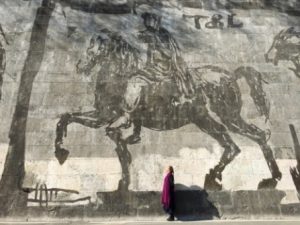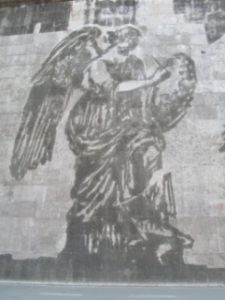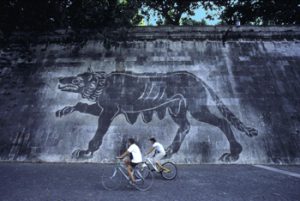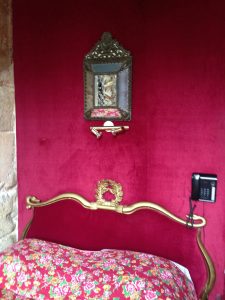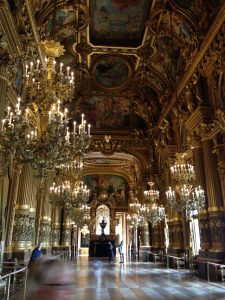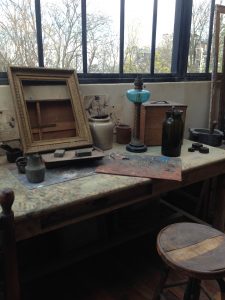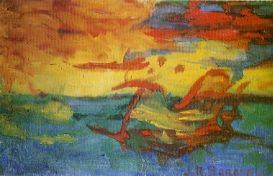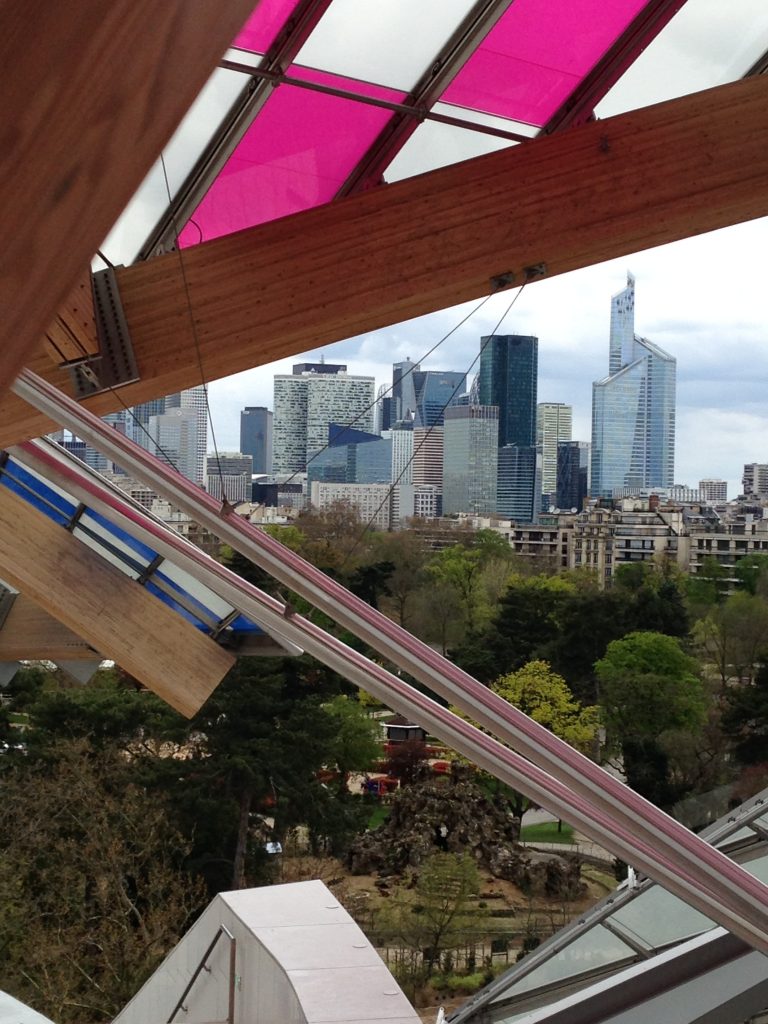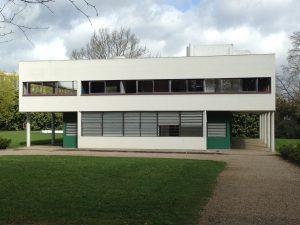Two weeks to go until the start of the summer vacation – and there’s a lot of activity around the School of Arts! We have some key events coming up for students before the term officially comes to a close, at the end of next week. This Friday, 24th June, is our summer postgraduate conference, on the theme of ‘Looking at the Overlooked’. Registration is open and has been advertised to all MA and MPhil/PhD students – so, if you are a postgraduate in the department, and would like to attend, then please do register for a place: http://looking-at-the-overlooked.eventbrite.co.uk. In the morning, we have papers from Dr Carol Jacobi from Tate Britain, and Dr. Robert Mills from UCL. After lunch, we will be treated to presentations from a number of our research students, followed by a panel discussion and a reception. It promises to be a very stimulating day, including lots of fascinating discussion – and we are very grateful to the London Art History Society who are generously funding this event.
I also mentioned some valuable Careers and Employability events coming up in my last blog, intended to help BA, Graduate Certificate and MA students who want to develop their careers in the Arts, or to move into that area. The first of these take place tomorrow, Tuesday 21st June – a session on careers for art historians, and transferrable skills, from 4-5.30pm, followed by a careers evening from 6pm onwards, where you’ll be able to hear from a number of professionals in the field, and ask questions. We then have a follow-up session on Tuesday 28th June, when colleagues from the Careers and Employability service will be providing useful tips on the practicalities of CVs and interviews. Do follow the links in this paragraph to reserve places at these events.
And, of course, a key date for all students’ diaries, whichever programme of study you are on – the annual History of Art summer party! This will be taking place on the final day of term, Friday 1st July, 6-8pm, in room G01 in Gordon Square. We welcome contributions of drinks, and of nibbles – but most of all we’ll welcome your company as we celebrate the end of the academic year, and toast our finalists. We hope to see lots of you there!
One more seminar coming up in the Murray series before the end of term – Laura Slater will be giving a paper on Wednesday 29th June (5pm, Keynes library), entitled Talking Back to Power? Art and Political Opinion in Early Fourteenth-Century England. Dr. Slater will be exploring the role of art and architecture in challenging political ideas and opinions in early fourteenth-century England, focussing on the activities of Queen Isabella of France. This promises to be a fascinating talk, considering ‘spin’ and reputation management in medieval art and politics. The History and Theory of Photography Research Centre also has one more event scheduled before the summer: a major workshop, organised in collaboration with the Birkbeck Institute for the Humanities and the Department of Law at LSE: Law and Photography: Mugshots, Passports and Portraiture (Friday 1st and Saturday 2nd July). This workshop will examine the ways in which photographic technologies have contributed – practically and symbolically – to the construction of particular legal, evidential and affective modes of vision. Papers and discussion will consider criminal mugshots, passport photographs and other forms of official and domestic styles of photographing the face in their historical and geographical contexts, and in relation to forms of gendered colonial and post-colonial identity.
I want to end this blog with news of a major triumph for my colleague, Dr. Fiona Candlin, Reader in Museum Studies – indeed, all of us in the department are currently bathing in her reflected glory!
Many of you will know about Fiona’s work on micro museums – she wrote a piece for this blog on her research into very small museums a while ago, and I included a photograph of the launch of her book on the subject with Bloomsbury, earlier this year. Coming out of that work, Fiona began looking at the history of independent museums, and – over the last year or so – she has been developing a major grant proposal, to fund a project to map these organisations over the last 50+ years. Professor Alex Poulovassilis, from Computer Science at Birkbeck, has been collaborating with Fiona on this – and I am delighted to say that they have been successful. The Arts and Humanities Research Council has just awarded them in the region of £1 million(!) to map and analyse the UK independent museums sector from 1960 – 2020. This is a huge undertaking, taking place across the next four years, involving a number of research assistants in a variety of areas (for details of the first post, just advertised, please follow this link.)
It is also a vital undertaking, as records of the approximately 1600 independent museums currently operating in the UK, and those that have opened and closed since 1960, are patchy to say the least. Currently, not enough is known about what opened, when, and where, and what these institutions’ fortunes have been. This is extraordinary gap in knowledge and understanding, as these museums – founded by community and special interest groups, or individual collectors – have revolutionised the sector in the UK. Fiona and Alex, together with their researchers, will be creating a full, searchable dataset, which will be made freely available on a project website. This material will also be used to identify patterns in the emergence, purpose, development and closure of these museums. Fiona will be looking at when exactly they opened; if there was a link between where they opened and their subject matter, or between date and subject matter; if there are areas where few museums opened or survived, and if these patterns correlate to other broader cultural or social factors. Overall, this will provide the first proper history of the UK museum boom. It’s vital work – for scholarship – for the general public – and for policy makers and arts funders looking at the sustainability and future of museums in the UK. Do have a look at the project website, for full details of this impressive project.
. . Category: Uncategorized


